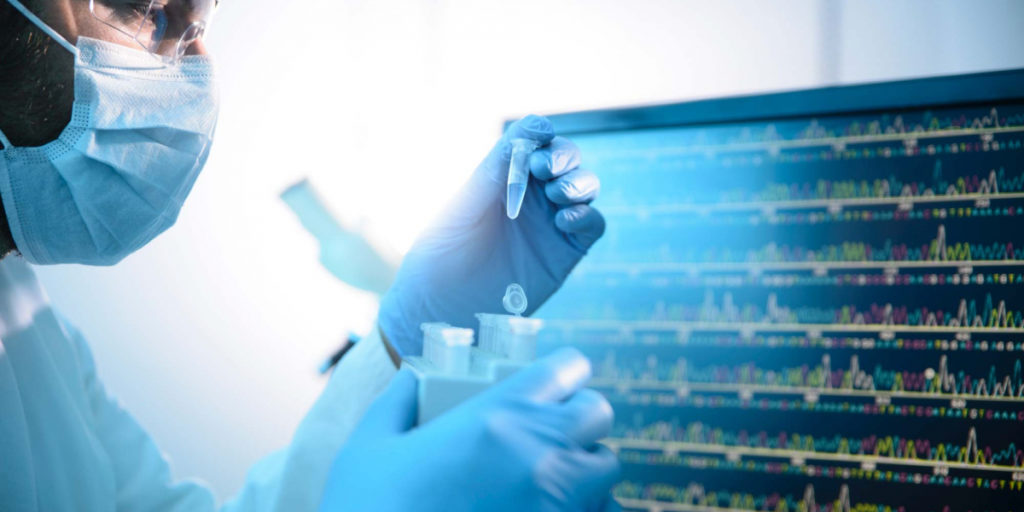
Forensic genealogy services are also known as investigative genetic genealogy services and are a series of approaches that use genealogical methods to investigate criminal cases.
Forensic genealogy is also used to identify human remains from crime scenes.
Genealogists use findings from DNA tests and samples that are part of the evidence and match them against other DNA profiles recorded on databases. This can help law enforcement get useful information on the criminal or the victim by opening up new leads.
However, because forensic genealogy has only recently come to public attention, there isn’t enough information about it out there. This has given way to some misconceptions.
Misconception No. 1: Forensic Genealogy Can Lead to Wrongful Convictions
Truth: This is one of the most widespread misconceptions out there, but it comes from a lack of understanding of how investigations actually work. First off, forensic genealogy is never the only approach being used in a case, so a genealogist’s research alone would not lead to any convictions or arrests.
What basically happens is that a thoroughly filtered list of possible candidates or, rather, potential suspects is handed over to law enforcement by the genealogists working on the case. These suspects are then further investigated in a very traditional manner using the usual investigation methods. Forensic genealogy just points out the leads that are not apparent through other approaches.
An arrest is only made when an exact DNA match and other evidence points toward a suspect.
Misconception No. 2: Law Enforcement Conducting Investigative Genetic Genealogy Are Given Access to Databases That Are Off-Limits for Others
Truth: There are two parts to this myth. Firstly, people believe that the police or other law enforcement authorities have access to all of the 600,000 plus profiles of participants on genetic genealogy databases. Secondly, some people believe that law enforcement gets special access to parts of these databases that are not accessible to common users. But, none of this is true.
In fact, law enforcement authorities are given even more restricted access than other users. This is because only GEDmatch and FTDNA allow law enforcement participation to identify remains or solving violent crimes. Moreover, the FTDNA website only allows participation on a case-by-case basis and only with specific documentation.
Also, the information provided to law enforcement is as limited as what’s visible to other database users.
Misconception No. 3: Testing During Investigation Genetic Genealogy Invades the Privacy of Innocent Individuals

Truth: This is one of the most common concerns linked to IGG, whereby many people believe that this invasion of privacy makes the approach unethical and even perhaps unlawful.
However, it’s worth noting here that any criminal investigation that involves DNA evidence does require law enforcement agencies to conduct DNA tests from individuals that may, later on, be cleared of suspicion. If anything at all, forensic genealogy can help to narrow down the list of people getting tested.
The forensic genetic genealogy approach has helped solve several cold cases since it first came to light in 2018 due to the “Golden State Killer” case. The misconceptions related to it are helping no one, but its correct usage can lead to justice being served.
If you want to learn more about forensic genealogy services or need to hire a genetic genealogist for a personal case, you can get in touch with us.
We can also help you find your family tree!
